Changes to California’s Electric Truck Proposal Could Reap Huge Climate and Air Quality Gains
Union of Concerned Scientists
OCTOBER 13, 2022
and nitrogen oxides (NOx) from the numerous commercial and government fleets of MHD vehicles in the state. The ACF is an opportunity to deliver meaningful reductions in air pollution for the most affected communities, but the current proposal falls short of what is technologically and economically feasible.


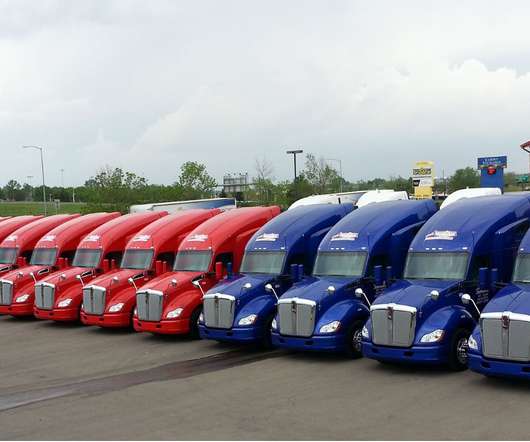
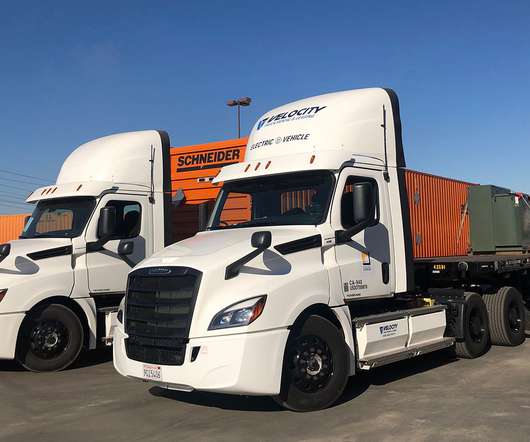
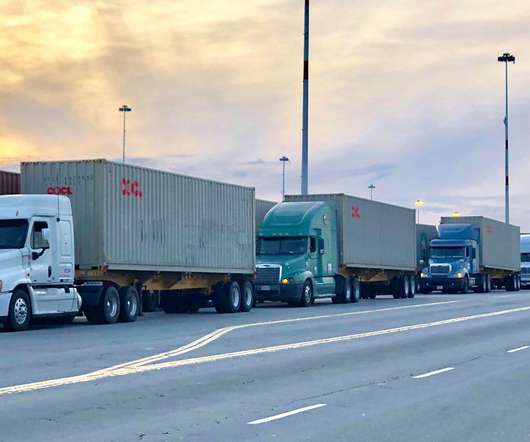


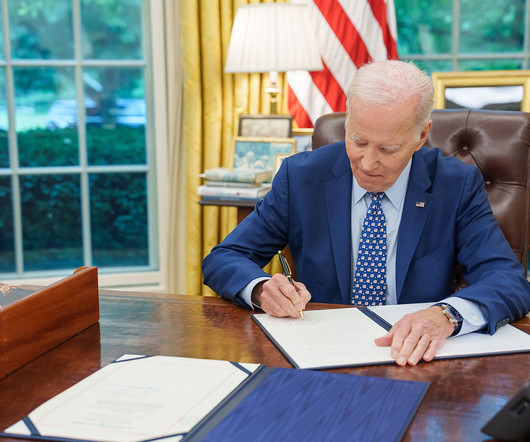
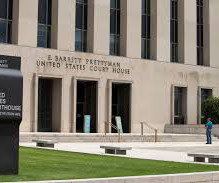






Let's personalize your content